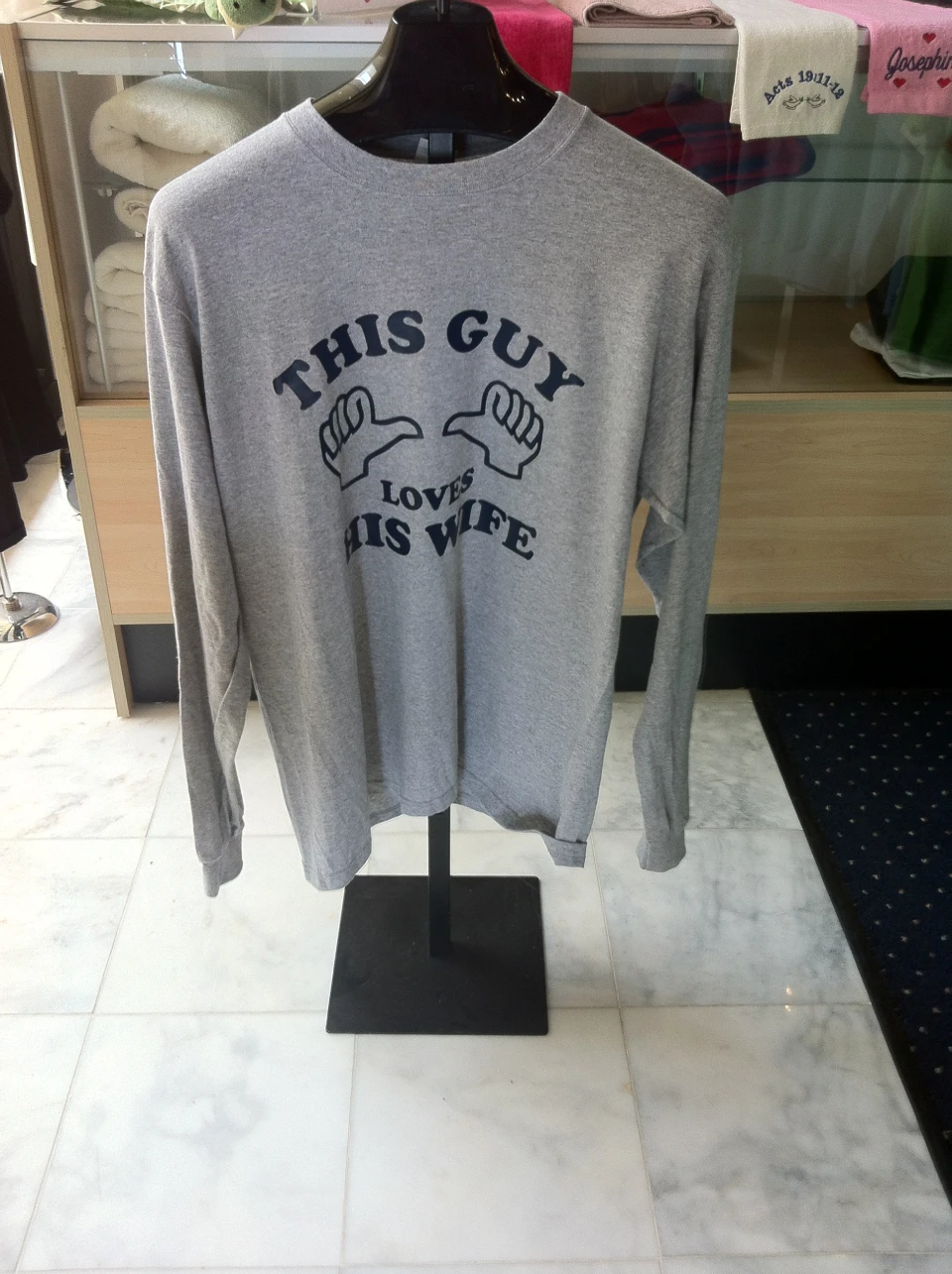Expert Screen Printing Providers for T-Shirts, Aprons, and Much more
Wiki Article
The Art of Custom Embroidery: Unlocking the Secrets to Creating Distinct and Unforgettable Styles
Embroidery, a craft steeped in custom and creativity, holds within its elaborate stitches the power to transform material into a canvas of distinct expression. The secrets to creating custom embroidery designs that captivate the eye and leave a long-term impression hinge on a delicate balance of method, creative thinking, and interest to detail. As we look into the world of personalized needlework, we uncover the nuanced interplay in between string choice, sew intricacy, and layout customization that raises a mere garment to an artwork. Join us on a trip with the art of custom needlework as we unwind the mysteries behind crafting truly unforgettable and distinct developments.Picking the Right Embroidery Threads
When choosing needlework strings, what key aspects should you take into consideration to guarantee the most effective outcomes for your personalized designs? The option of embroidery thread is crucial in determining the final result of your stitched design. Among the primary factors to consider is the product of the thread. Various products such as cotton, polyester, rayon, and silk provide differing degrees of sheen, toughness, and structure. It is important to select a thread material that complements the fabric you are stitching on and lines up with the preferred appearance of the design.
Thicker strings can add measurement and texture to your layout, while finer strings are optimal for intricate information and small message. Additionally, taking into consideration the color fastness and washability of the string is essential to make certain that your customized layouts preserve their high quality and vibrancy over time.
Checking Out Different Stitch Strategies
To explore the realm of 'Exploring Various Stitch Techniques', one need to comprehend the details and subtleties that each sewing method offers the art of needlework. Different stitch strategies not just add aesthetic interest however additionally contribute to the general texture and dimension of the layout. One popular stitch method is the satin stitch, which entails closely jam-packed parallel stitches to develop a smooth and shiny surface, perfect for filling out forms and creating strong lays out.On the other hand, the backstitch is a versatile method usually used for describing and including great information. It entails sewing in reverse to develop a solid line of embroidery. Additionally, the French knot stitch adds a tactile aspect to styles, best for developing distinctive accents like blossom facilities or attractive touches.
Discovering different stitch techniques allows embroiderers to play with light, shadow, and depth within their designs, elevating the visual appeal and artistic quality of their needlework tasks. By understanding various stitching methods, one can open endless possibilities for creating unique and memorable customized embroidery pieces.
Incorporating Personalized Design Elements
Having discovered the details of various stitch techniques such as the satin stitch, backstitch, and French knot, the emphasis now changes towards including individualized design aspects in customized needlework projects. Individualized style aspects play an important duty in navigate to this website making embroidery tasks really one-of-a-kind and unforgettable.An additional method to include customized layout elements is by consisting of icons or concepts that hold special significance to the recipient or mirror their rate of interests and individuality. Including a favorite flower, pet, or hobby-related symbol can make the embroidery style a lot more purposeful and personalized. Additionally, picking shades that reverberate with the recipient or line up with the desired motif can additionally improve the customization of the needlework job.
Understanding the Art of Shade Coordination
One secret facet of color sychronisation is comprehending shade theory. This includes recognizing how different shades connect with each other, the emotions they share, and just how they can be combined to produce aesthetically enticing layouts. By using color theory principles, embroiderers can produce unified shade palettes that improve the general appearance of the layout.
Additionally, taking notice of comparison is important in color sychronisation. Making use of contrasting handmade suits shades can aid certain aspects of the style pop, enhance readability, and create a visually dynamic embroidery piece. By understanding the art of color coordination, embroiderers can elevate their designs and produce unforgettable pieces that resonate with clients and audiences alike.
Enhancing Structure With Advanced Embroidery Stitches

French knots, for example, are ideal for including little, increased dots to your layout, mimicking the look of beads or creating a textured surface. Bullion knots, on the other hand, can be utilized to produce twisted, ropelike aspects that add a luxurious feel to the embroidery. Seed stitching involves tiny, scattered stitches that can fill up in Look At This areas with a speckled texture, while turkey job develops cosy, dimensional accents evocative pet hair or vegetation. Exploring with these sophisticated needlework stitches permits you to press the limits of conventional embroidery and develop truly distinct and aesthetically attractive textures in your layouts.
Conclusion
In verdict, the art of personalized embroidery entails a combination of selecting the appropriate strings, checking out different stitch strategies, including individualized layout aspects, understanding color coordination, and enhancing appearance with innovative stitches. By recognizing and implementing these crucial elements, embroiderers can produce one-of-a-kind and remarkable styles that showcase their creativity and ability. Embroidery enthusiasts can open the secrets to creating stunning and bespoke pieces that attract attention and leave a long lasting perception.Report this wiki page